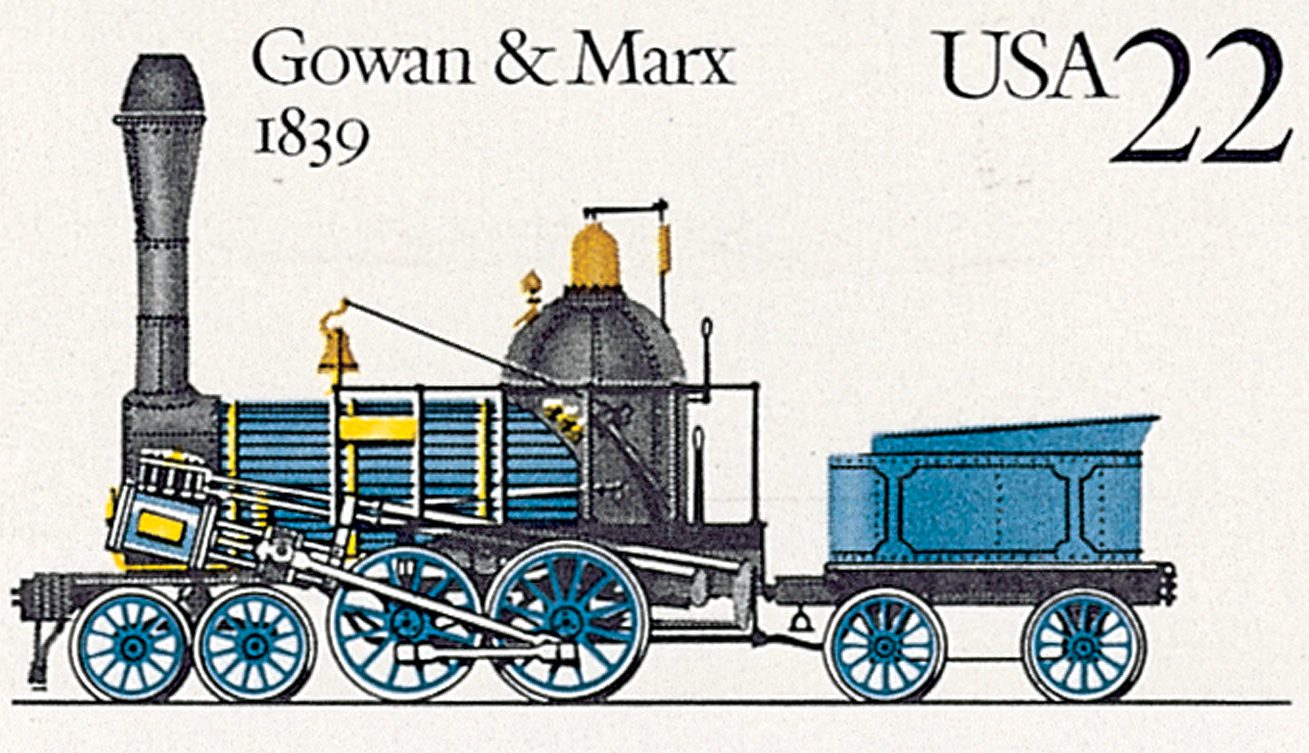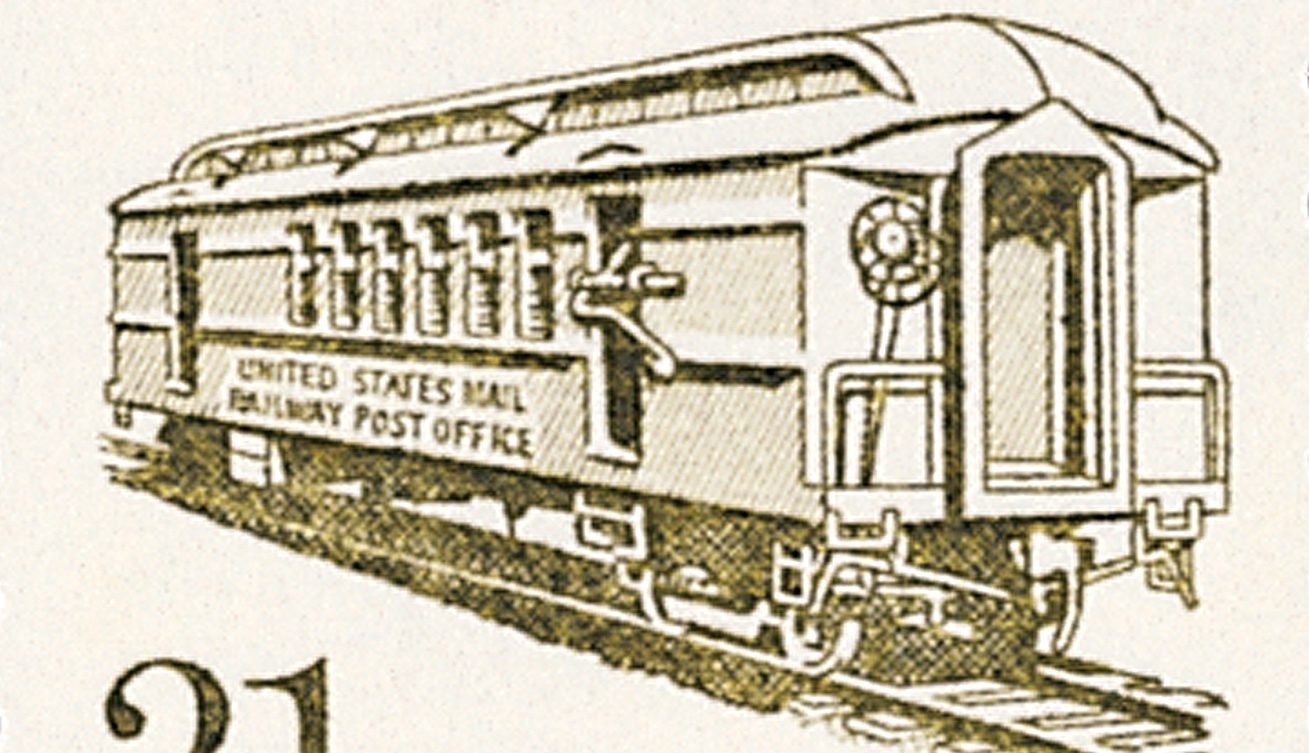Newspaper & Periodical Stamps
On March 3, 1863, an Act of Congress granted postal agents the ability to accept newspaper bundles, which would lead to the first US Newspaper and Periodical stamps two years later.

On March 3, 1863, an Act of Congress granted postal agents the ability to accept newspaper bundles, which would lead to the first US Newspaper and Periodical stamps two years later.

On November 18, 1883, US and Canadian railroad companies jointly adopted five standard continental time zones. It was called The Day of Two Noons, with railroads resetting their clocks at exactly the same time across the country.

On August 29, 1869, Sylvester Marsh demonstrated the world’s first mountain-climbing cog railway, earning the recognition and funds needed to complete it.

On March 18, 1855, the Niagara Railway Suspension Bridge officially opened. A joint project between the US and Canada, the bridge opened a new transportation route and marked the start of more than a century of friendship between our two nations.

One of America’s oldest railroads, the Baltimore and Ohio Railroad, was first established on February 28, 1827. The railroad was at the forefront of transportation history for decades – pioneer the use of steam engines to electric and beyond.

On August 8, 1829, the Stourbridge Lion became the first steam locomotive to be operated in the United States.

On May 10, 1869, the Transcontinental Railroad was completed with the driving of the golden spike at Promontory Summit, Utah. Completing the Transcontinental Railroad is widely considered one of the greatest accomplishments of the 19th century!

On February 20, 1840, the Gowan & Marx made an impressive run, hauling more than 100 cars weighing 423 tons. It was one of the earliest 4-4-0 locomotives with equalizing levers and became internationally known for hauling a train 40 times its own weight.

On November 7, 1921, President Warren G. Harding ordered 2,200 Marines to guard the mail in the wake of a series of daring mail robberies.